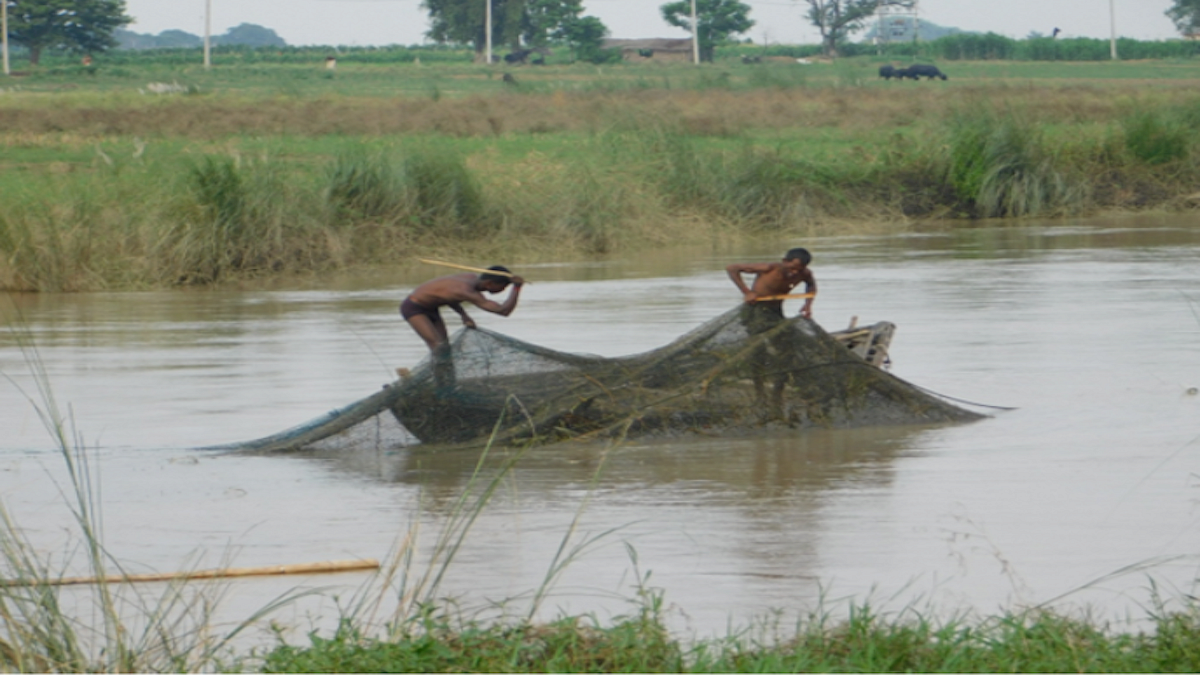Five more wetlands get Ramsar recognition but India's wetlands are still in trouble
Wetlands are ecologically sensitive, adaptive, and among the most productive ecosystems on earth. But have we been managing them adequately?

After including two wetlands earlier this year under the Ramsar Convention on Wetlands Protection, India has recently added five more wetlands of international importance to the list– Pallikaranai Marsh Reserve, Pichavaram Mangroves and Karikili Bird Sanctuary in Tamil Nadu, Pala Wetlands in Mizoram and Sakhya Sagar in Madhya Pradesh- taking the total number to 54. However, India's wetlands are still in trouble.
Wetlands are ecologically sensitive, adaptive and amongst the most productive ecosystems on earth. They play a critical role in water purification, climate moderation, biodiversity conservation, and flood regulation.
Globally, the area extent of wetland ecosystems ranges from 917-1275 million hectares with an estimated economic value of about US$15 trillion a year as per assessments made in 2014.
As per estimates, India has got more than 2 lakh wetlands, covering an area of 15.3 million hectares and 4.7% of the total geographic area of the country. Out of this, area under inland wetlands accounts for 69%, coastal wetlands 27%, and other wetlands 4%.
A 2021 report, titled "India’s Wetlands Overview 2021: Gross Misuse of Even Ramsar Sites", states that already neglected wetlands ecosystems have been facing multiple existential threats due to lack of proper regulatory framework. Deepar Beel in Assam, a Ramsar site, has garbage dumping site at the edge. Its seepage and untreated sewage from Guwahati is making it toxic. Son Beel, one of the largest wetlands in Assam is drying and shrinking in area due to water shortage. Coastal wetlands of Goa are under stress due to coastal development plan, which has several omissions of traditional fishing villages, fishing sites and traditional access routes to the coast. The development plan omits management plan for turtle nesting beaches, Khazan land and also mangroves.
Similarly in Kerala, Ashtamudi Lake, a Ramsar Site, is now a sewage dump site. The lake has an estimated area of 1700 square kilometers, and is surrounded by swaying coconut groves and palm trees, but sewage from nearby areas are putting its unique ecosystem under the risk of permanent damage.
Instead of restoring the degraded Sukhatal in Uttarakhand, the development authorities are converting the alive wetland into a dead swimming pool, killing its wetland status and creating deadly repercussions for Nainital. Loktak lake in Manipur, a Ramsar site, stretching up to 35 kilometers in length is being handed over to the hospitality industry.

Wular lake in Bandipora district of Kashmir, has shrunk drastically and suffered due to illegal mining and improper waste management.
Despite 16-17% area being potential wetlands, Karnataka has no Ramsar site. No initiative has been taken to declare important wetlands, highlighting the negligible protection for rich biodiversity.
Kanwar Lake in Begusarai, is the only Ramsar site in Bihar, facing threat of running dry. Unrestrained encroachment of land and construction of embankment on Burhi Gandak river have chocked major water inlet to wetland. Excessive use of groundwater for irrigation in protected areas have taken a toll on the rich biodiversity of the lake and created a kind of climate crisis in the region. Domestic and industrial pollution seemed to be taking a toll on the Surajpur Wetlands in Uttar Pradesh.
The urban wetlands in Delhi are shrinking due to extreme human intervention, misuse and overuse of natural resources, pollution and modern entertainment activities. As per a report published in the Journal of Hydrology, “In Asia alone, about 5000 sq km of wetland area are lost annually to agriculture, dam construction, and other uses.”

Recent studies reveal that wetlands are disappearing three times faster than forests, but we always show concern for forests and think wetlands as wastelands. The world has lost more than 35 per cent of its wetlands between 1970 and 2015.
Follow us on: Facebook, Twitter, Google News, Instagram
Join our official telegram channel (@nationalherald) and stay updated with the latest headlines
